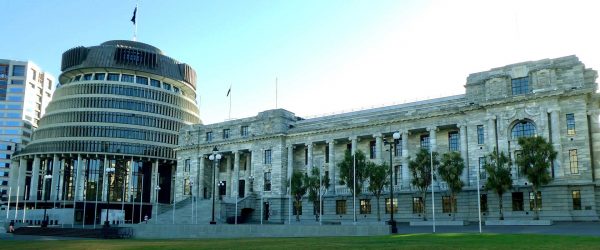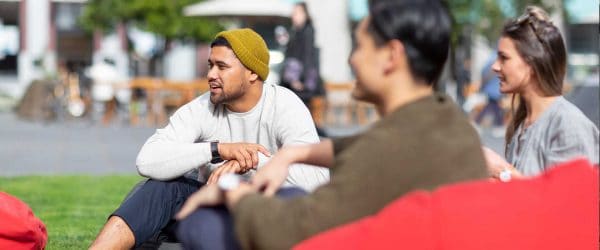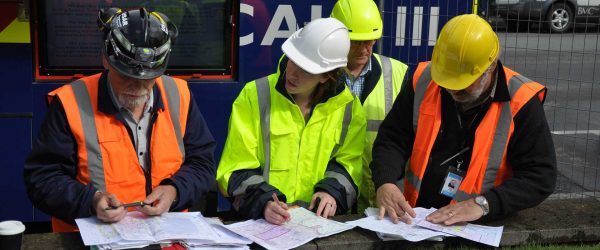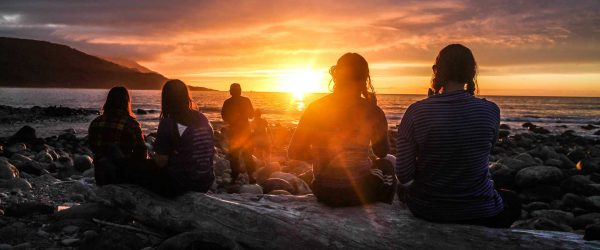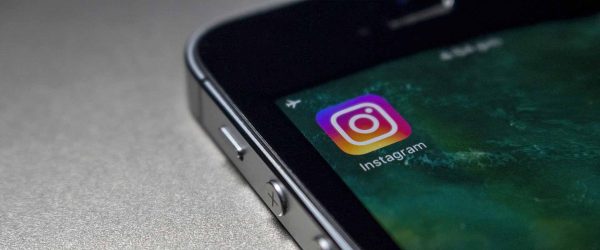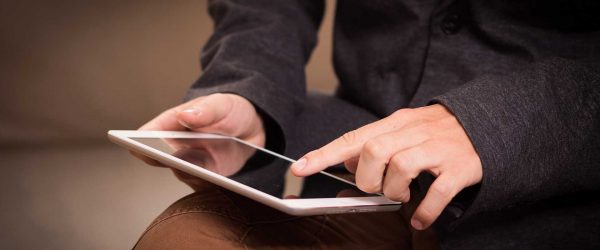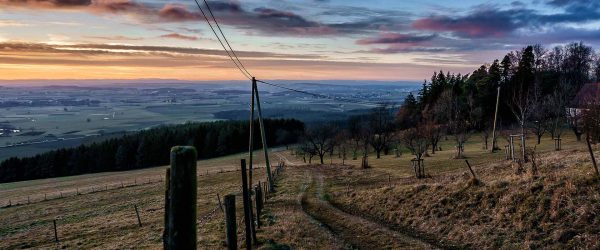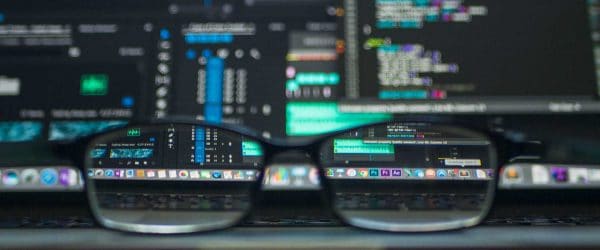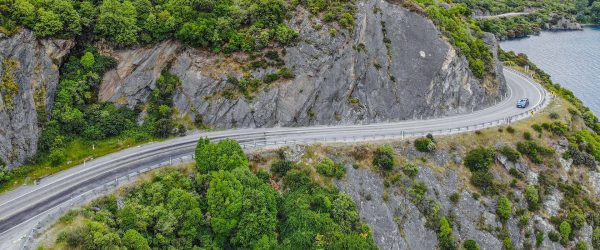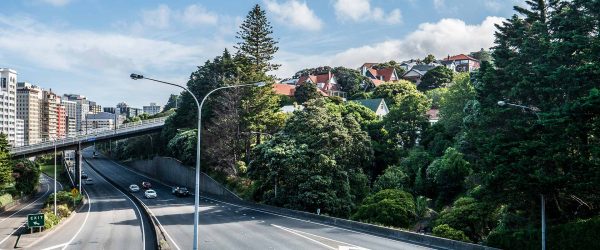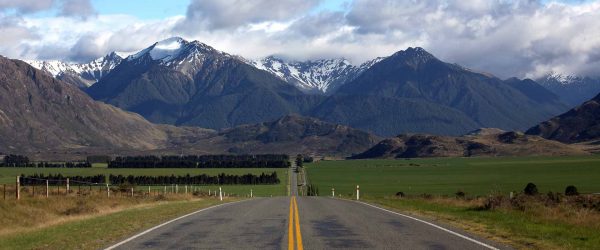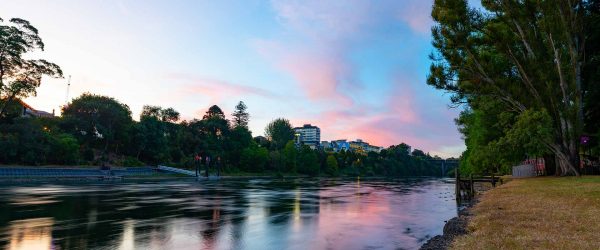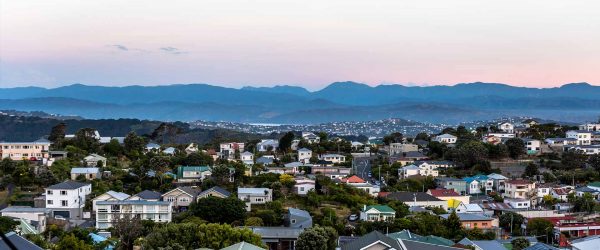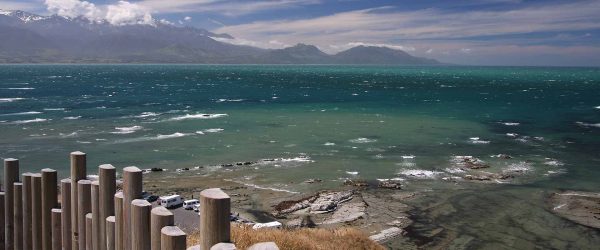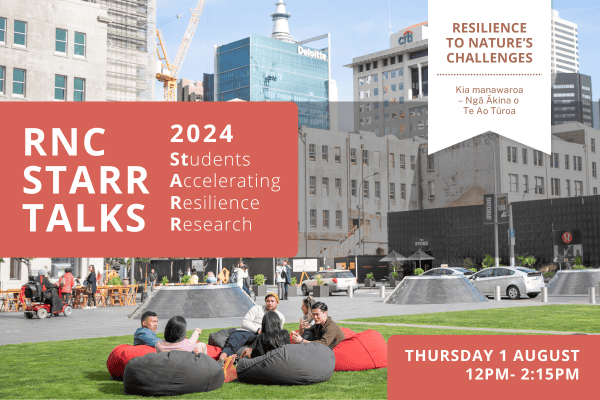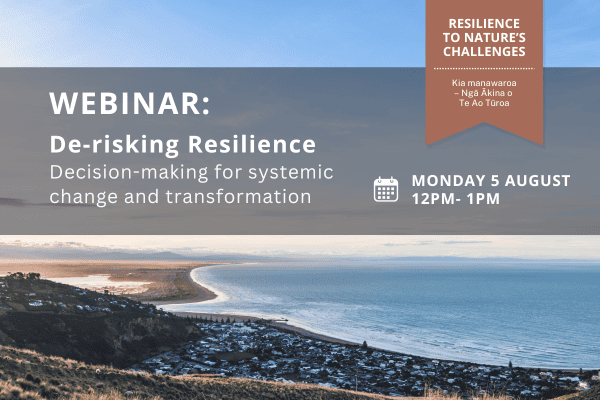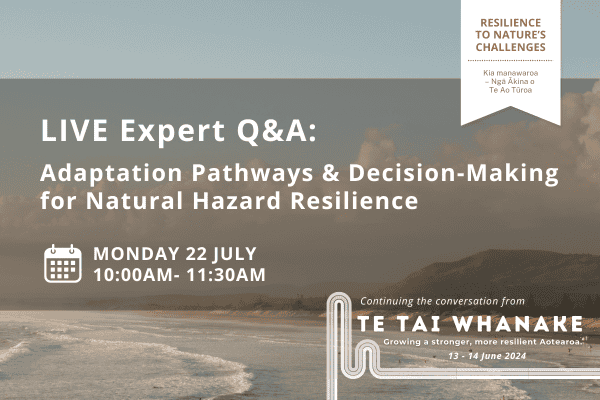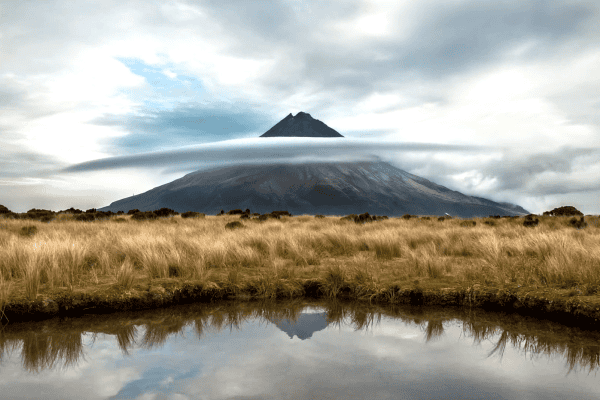Project Summary
This project assessed the role and contribution of technology in fostering genuine participation in citizen science to strengthen resilience to natural hazards in New Zealand, in particular participation by children. The project worked in collaboration with teachers and students from a rural school in Hawke’s Bay, New Zealand, to pioneer the utilisation of the world of video games and Lego modelling for citizen science. We introduced the concept of a georeferenced Minecraft world as a learning tool to foster students’ and children’s participation in Disaster Risk Reduction (DRR).
Children As Participants In Disaster Risk Reduction (DDR)
Children pose an interesting challenge when it comes to DDR. They are vulnerable, so we instinctively want to protect them and not involve them in DRR initiatives. However, children also own valuable knowledge about hazards such as floods or earthquakes in their local area. They are cognizant of vulnerable members of the community such as the elderly or those with disabilities, and of local capacities like emergency services and resources within their community. These are all key elements of Disaster Risk Reduction (DRR). Children can conduct risk assessments and are legitimate participants in DRR activities, but they tend to be seen as weak and passive. As a result, they are often excluded from DRR initiatives. Furthermore, a challenge lies in making children’s knowledge tangible, usable and communicable to outside stakeholders such as government agencies, scientists and non-government organizations so dialogue can take place. This is important because generating discussion is essential to achieve DRR and build resilience at the local level.
One way that we may be able to overcome these obstacles is by taking advantage of recent advances in technology, with portable devices such as GPS, mobile phones, digital cameras, tablets, video games, and drones. Together with play, these technological innovations have the potential to better allow children to participate in DRR initiatives. However, they also pose different challenges.
Project Findings
Both LEGO and Minecraft worked very well in fostering participation with children taking ownership of the process. This is because children are very familiar with both tools, and activities were fun rather than tedious. The maps produced are powerful tools for planning and carrying out DRR activities since they enable dialogue between children and external stakeholders. However, we also encountered some difficulties related to the cost of buying and implementing the tools. Minecraft presented technical challenges such as reliance on the Internet and Microsoft server, which can affect the entire process, while building a map at scale with LEGO is time consuming.
Resources from this project
Exploring the use of Quake Safe House to foster disaster and disaster risk reduction awareness in museum visitors.
Gampell AV, Gaillard JC, Parsons M, Le Dé L. 2020. Exploring the use of the Quake Safe House video game to foster disaster and disaster…
Serious disaster video games: an innovative approach to teaching and learning about disasters and DRR.
Exploring the ability of ‘serious’ disaster video games to foster student participation in learning.
Fostering student participation in disaster risk reduction through disaster video games
A process inclusive of all stakeholders should appropriately assess needs, which can lead to genuine and meaningful learning outcomes.
